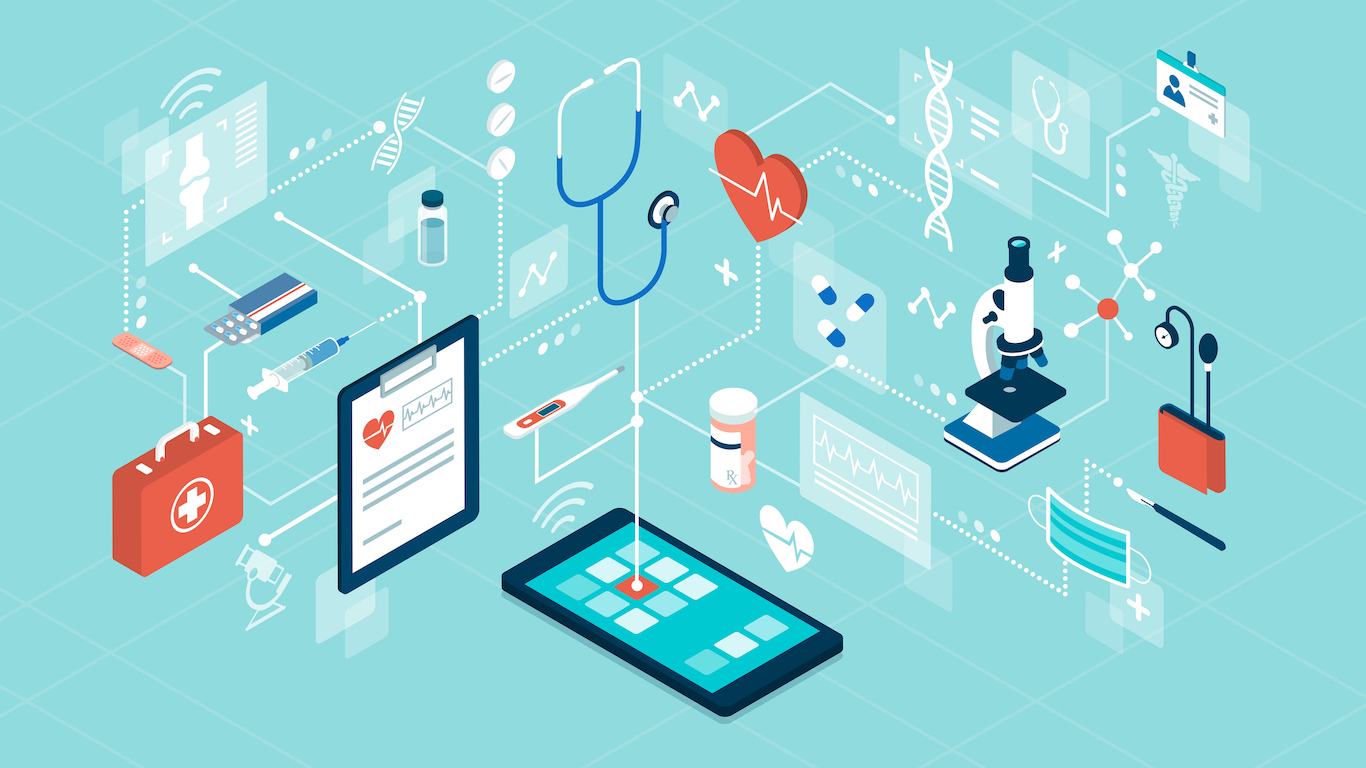
Innovations in Indian Healthcare: A New Era of Preparedness and Research
Introduction
In a remarkable step towards enhancing India’s healthcare landscape, Union Health Minister JP Nadda has announced the successful implementation of the Union Health Ministry’s 100 Days Program. This initiative encompasses a series of innovative strategies aimed at revolutionizing healthcare through increased accessibility, technological advancement, and pandemic preparedness.
 Transforming healthcare in India
Transforming healthcare in India
Key Initiatives
Nadda highlighted several key initiatives that underline this transformative phase in the Indian health sector, including the Med-Tech Mitra, the National One Health Mission (NOHM), and the Development of Indigenous Drugs for Rare Diseases. These initiatives are not just regulatory changes; they signify a paradigm shift towards a proactive and responsive healthcare system.
Med-Tech Mitra
At the forefront of these initiatives is the Med-Tech Mitra program, a collaborative effort involving the Indian Council of Medical Research (ICMR) and the Central Drugs Standard Control Organization (CDSCO). This initiative aims to support over 250 innovators and start-ups, providing them the guidance necessary for regulatory navigation and clinical validation. Such efforts are crucial in empowering new players in the healthcare sector, allowing for fresh ideas and solutions to emerge.
National One Health Mission
Complementing this effort is the launch of the National One Health Mission (NOHM), which focuses on the interconnectedness of human, animal, and environmental health. This comprehensive strategy addresses zoonotic diseases and enhances pandemic preparedness, acknowledging that threats to health are not confined to a single front. The mission marks a significant step in integrating various health sectors, ensuring that India’s response to threats is holistic and coordinated.
Development of Indigenous Drugs
Furthermore, the commitment to developing indigenous drugs for rare diseases highlights a genuine effort to increase access to treatment for conditions often overlooked by pharmaceutical companies. By targeting 12 indigenous drugs for 8 rare diseases, the initiative aims to make vital therapies accessible, reducing the reliance on imported medicines and promoting self-sufficiency in healthcare.
 Innovative solutions for health challenges
Innovative solutions for health challenges
First in the World Challenge
Nadda also unveiled the First in the World Challenge designed to promote high-risk, high-reward innovations within biomedical research. This initiative encourages researchers to explore uncharted territories in health solutions, potentially leading to groundbreaking discoveries that could redefine treatment protocols and enhance health outcomes.
Focus on Data and Technology
As we entered the digital age, the significance of data in healthcare cannot be overstated. The initiatives outlined aim to harness technology not just in clinical applications but also in research capacities. The introduction of wastewater surveillance tools and a national joint outbreak response team underscores the synthesizing of data analytics with direct health applications. These measures are crucial in monitoring public health dynamics and enabling rapid response in case of emerging health threats.
A Broader Context: Youth and Innovation in Science
The innovative steps being undertaken in the health sector can be paralleled with the contributions of the youth in science and technology—a theme embodied by young achievers like Ekansh Mittal. At just 18 years old, Mittal received national recognition for his cancer research, which utilizes machine learning to develop personalized treatment plans. He embodies the spirit of innovation and commitment to solving pressing health challenges through rigorous research and the application of technology.
 Ekansh Mittal’s groundbreaking research
Ekansh Mittal’s groundbreaking research
His project encompasses the creation of a 3D organoid model derived from stem cells, specifically designed to mimic human organs, which can significantly enhance the effectiveness of cancer treatments.
Bridging the Gap Between Research and Application
Mittal’s work is particularly poignant in a landscape where young scientists are not just passive observers but active participants in shaping future healthcare outcomes. He represents a new generation of researchers who are leveraging modern computational tools to tackle complex health issues, further reinforcing the importance of the initiatives undertaken by the Union Government.
As young innovators continue to emerge, they bring a unique energy and fresh perspective that can transform the healthcare ecosystem. Mittal’s dedication, evident from his early forays into science and continued pursuits in computational biology, serves as an inspiration for future researchers.
The Role of Education and Mentorship
Recognizing the need for mentorship in the STEM fields, Mittal has taken strides to support other young learners through his tutoring website, STEM Universe. This initiative not only helps younger students but also fosters a culture of collaboration and innovation within the scientific community.
Conclusion
The recent initiatives by Union Health Minister JP Nadda herald a new dawn for the Indian healthcare system. With a focus on indigenous solutions, pandemic preparedness, and technological advancement, the path forward appears promising. India stands on the brink of becoming a global player in healthcare innovation, enhanced by the contributions of young scientists equipped with modern tools and a passion for research. As we pivot into this new era, continuing to nurture and support such innovators will be essential—inviting an exciting future for healthcare both in India and around the world.
 The future of healthcare in India is bright
The future of healthcare in India is bright
As we look to the future, the synergy between government initiatives and youth-led innovation will be critical in realizing a more resilient and accessible healthcare framework.














